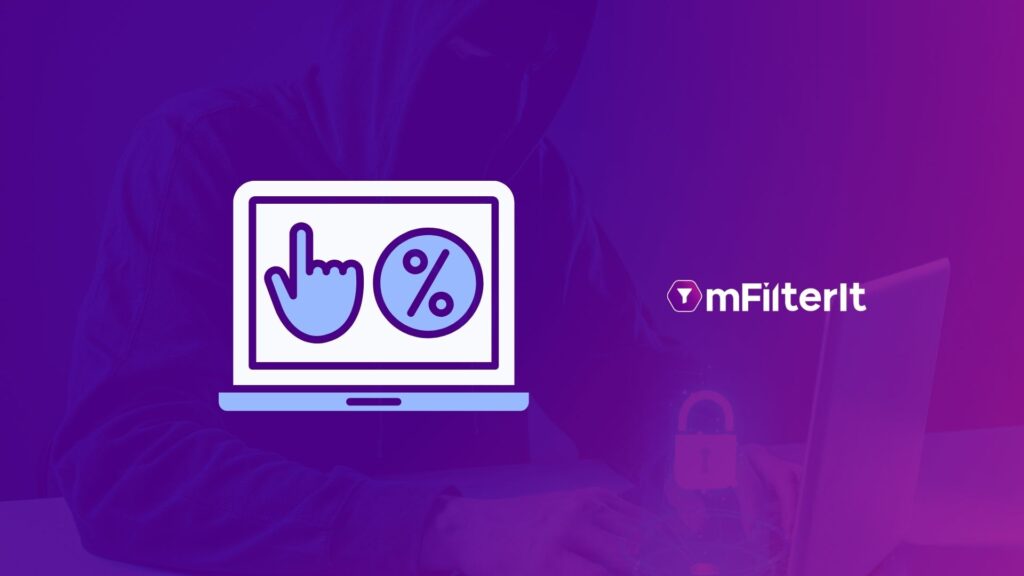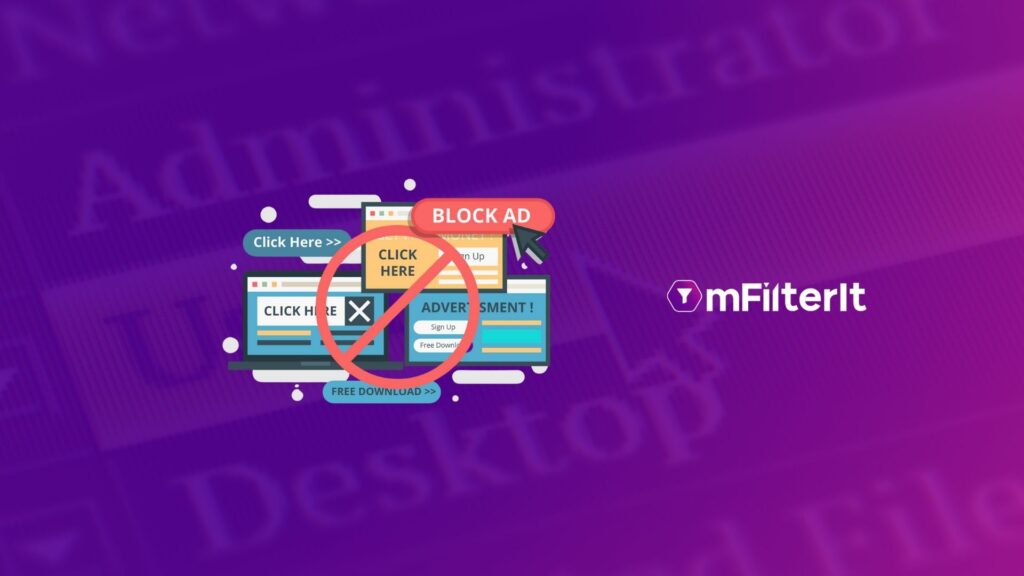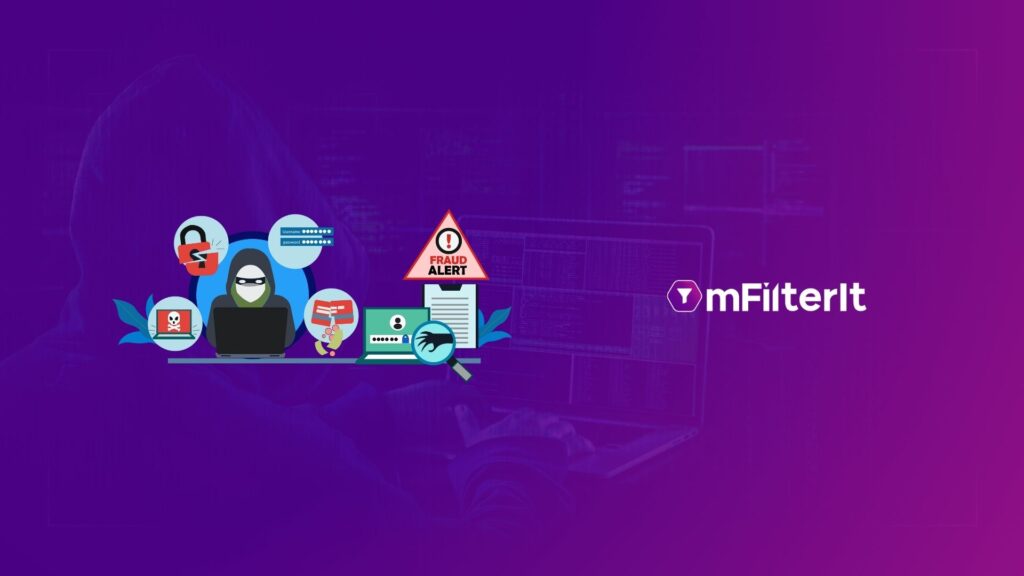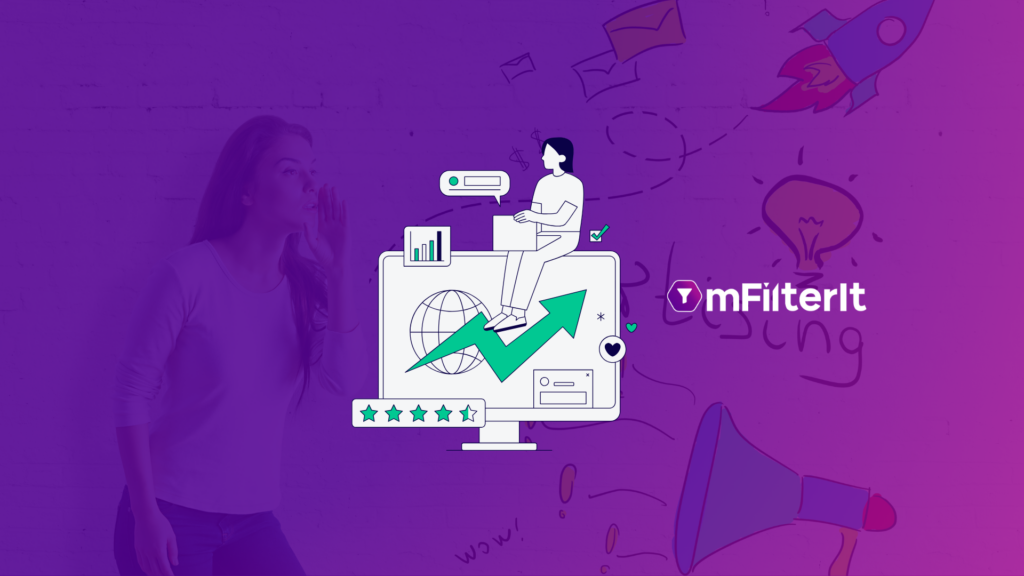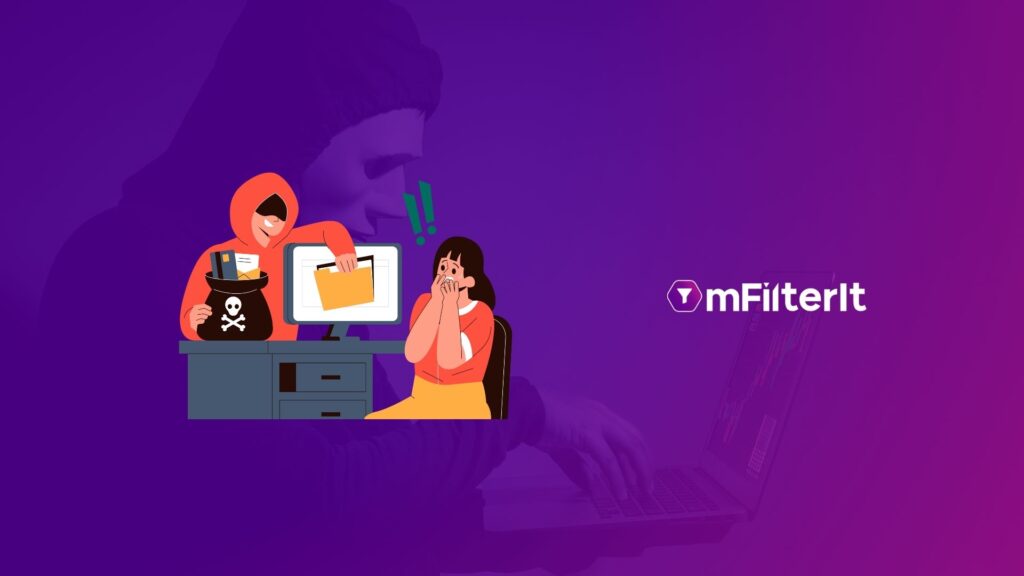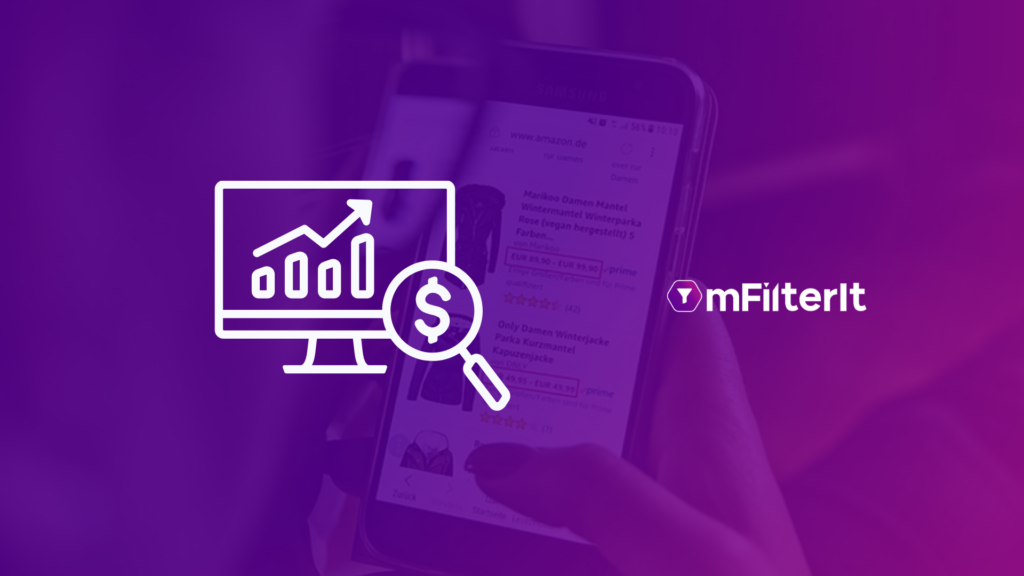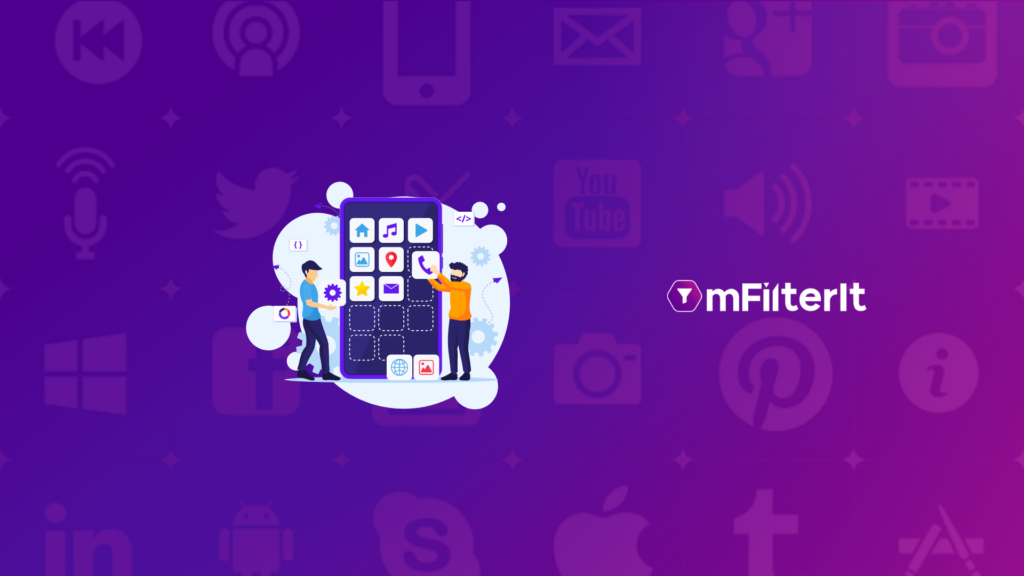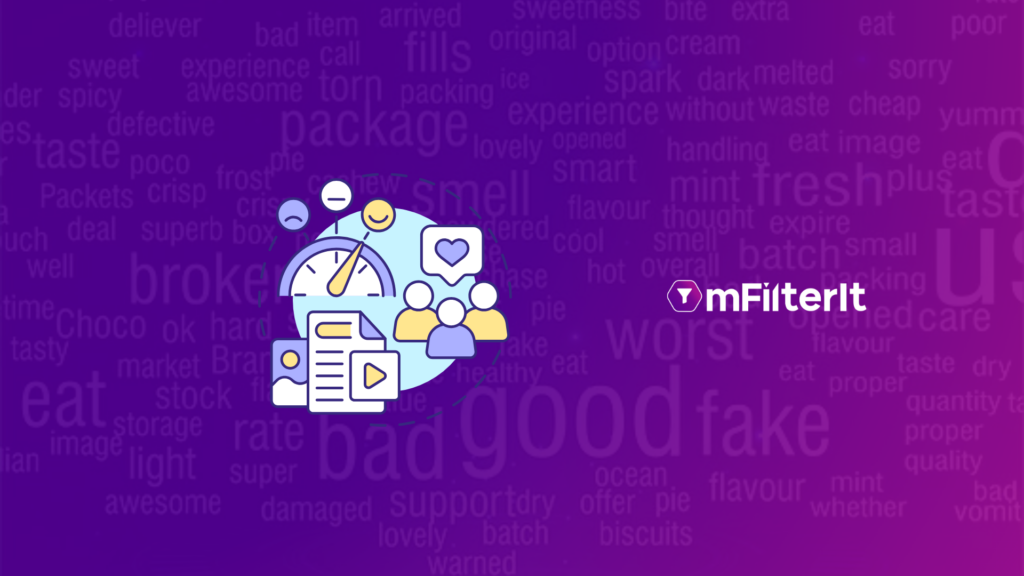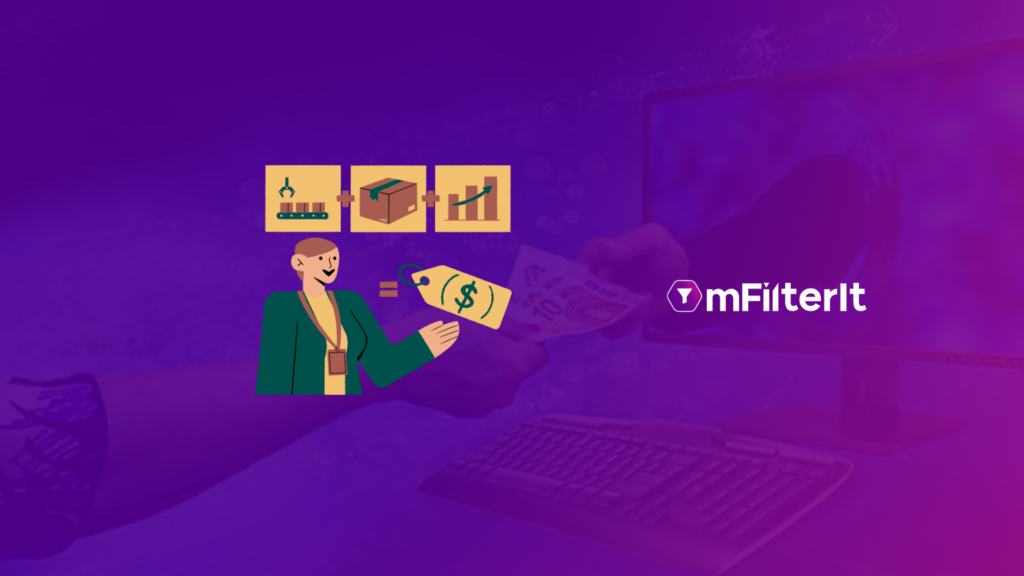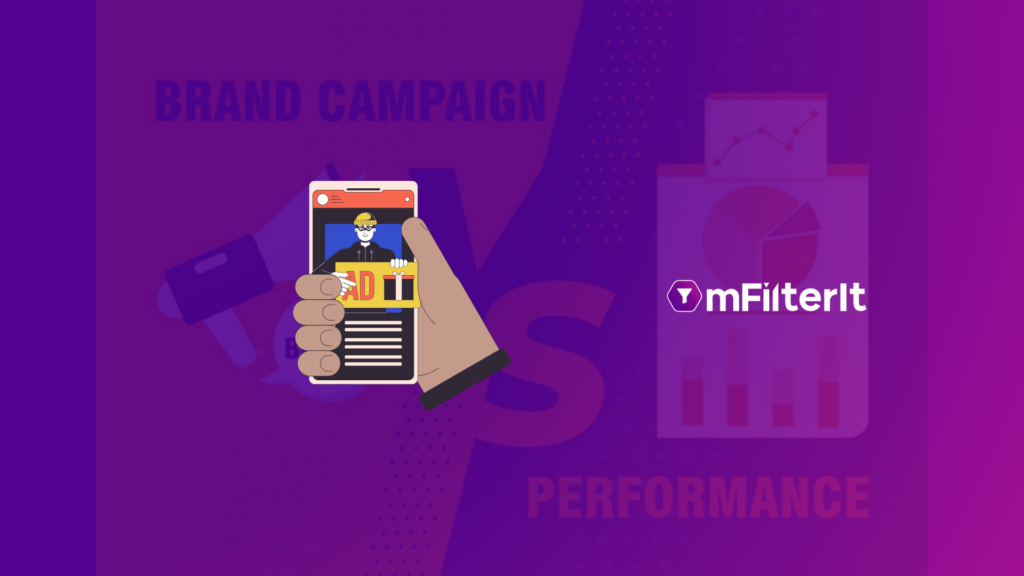Click Injection: Why Should Brands/Advertisers Worry About It?
During the first install session, fraudsters hijack ‘install broadcasts’ using bots/malware, and inject clicks for misattribution with the MMP. This fraud is commonly called click injection and is the most hated fraud by brands/advertisers. It diminishes click integrity and derails the efforts of providing a safe experience to the user, the backbone of an organization. In addition, it forces brands/advertisers to pay for their ‘own’ traffic from the advertising budget to the fraudster The reliability of campaign analytics for building marketing strategies is further hampered, and the scary part is that fraudsters build ‘relationships’ with the brands by sharing false performance reports. If we want to add fuel to the fire, cybercriminals also take over user accounts and steal identities and financial details through malware/bots. 6 Ways Click Injection Endangers Brands/Advertisers Organic Stealing Organic traffic is an intent-based audience targeted using many marketing practices. They are vital to advertisers as they help diminish advertising budgets, increase app installs, generate higher revenue, etc. Brands often advertise their apps on their websites, and social media handles to increase organic installs. The users click on such ads and install the app after redirection to the Google Play Store, Apple Store, or a third-party store. Such users have organically installed the app, but unfortunately, the credit for it often goes to the fraudster because he/she injected the last click, and it got registered with the MMP. As a result, cybercriminals are stealing organic users of the app owner. Attribution Theft Attributions are important for advertisers because they help understand the highest/lowest-performing sources/channels, drive campaign goals, and structure investment decisions. Unfortunately, advertisers become victims of attribution theft through click injection. It is the basic principle of this ad fraud. The cybercriminal can report a high install conversion rate (CVR) by manipulating the advertiser’s attribution and acquiring financial gain. However, the user could have organically installed the apps from any store or the brand’s website. Bad Analytics Brands often measure the click-to-install (CTI) ratio to determine the CVR of an ad install campaign. Unfortunately, attribution theft caused by click injection leads to reporting falsified high CVR of the fraudster. As a result, advertisers instill confidence in the campaign’s performance. In reality, the conversion rate of install campaigns lies between 1-1.5%. Therefore, a high percentage of CVR, which in most cases is a result of click injection, is 100% and drives the marketers in the wrong direction. Furthermore, the estimated Click-to-Install Time (CTIT) becomes extremely short through click injection. As a result, brands misinterpret the performance of campaigns/affiliates and make wrongful investments. Builds Trust on ‘Fraudsters’ – Scary! Fraud affiliates share high-performance reports with the advertiser and gain the advertiser’s trust. However, they are in the game for making money and don’t care about them. So, they continue with their click-injection fraud. Moreover, brands/advertisers would seek alternative options if they don’t receive the ongoing performance. Additionally, brands/advertisers don’t recognize the attribution misrepresentation by cybercriminals because the real CVR is hidden through spiked traffic. Their irresponsibility of not using an ad traffic validation solution makes them vulnerable to fraudsters. Meanwhile, brands/advertisers disassociate with an underperforming affiliate displaying the real campaign performance. Furthermore, affiliates rely on ‘word-of-mouth’ for brand associations, and their distrust drives away other affiliates from the brand/advertiser. However, this doesn’t last long as the latter has the option of switching affiliates. Loss of Advertising Budget Brands/advertisers lose millions of dollars every year from their advertising budget to fraudsters by not eliminating click injection. The misattribution caused by it diminishes the profits/commissions of legitimate publishers and advertisers. Moreover, most businesses run CPI campaigns on different ad networks. Additionally, global CPI rates for many countries are much higher than in India. Therefore, brands/advertisers constantly expand budgets for increasing networks for running CPI campaigns on such networks. Our research suggests that networks with higher CPI costs often witness higher click injection because the fraudsters can make more money and find this an ad campaign vulnerability. Therefore, brands/advertisers begin paying even more than before to cyber criminals due to network expansion or placements in costlier networks. Creates Brand Distrust Due to Malicious Device Activities Users installing brand apps and becoming victims of click-injection fraud also experience malicious device activities. Besides stealing unconsented “install broadcast” notifications from the user’s device, fraudsters also use bots/malicious codes to read messages and take over accounts. User messages often consist of OTPs and financial details. Fraudsters steal this information and conduct identity/financial theft. As a result, the malicious activities through the app make the user disinterested in the brand and uninstall the app. Brands experience high drop-offs as the users have lost trust in it. Furthermore, the CTIT ratio of the install campaign substantially diminishes. Therefore, click injection directly hampers the brand’s reputation. A Single Solution for App and Web Ad Frauds mFilterIt’s Ad fraud solution uses AI, ML, and data science to reveal the actual traffic sources and eliminate ad fraud on the web and app. In addition, the solution reports activities of click injection to the brand/advertisers and helps prevent association with fraudsters. Moreover, mFilterIt’s solution tracks sudden spikes in traffic, attribution hijacking, organic stealing, and other fraudulent activities on brand and performance campaigns. Therefore, a single solution is enacted as a safeguard against ad fraud. Diminishing ad fraud through click injection restores the user’s faith in a brand, optimizes analytics, and avoids wrongful investments. Conclusion Mitigating ad fraud has become a primary objective for advertisers across the globe because it reaps multiple advantages. In addition, however, it has become crucial to fight against click frauds, especially click injection, because marketers rely on user engagement and assess it through click-to-visit conversion as a measuring metric. mFilterIt’s Ad Traffic Solution solidifies consumer trust in the brand/advertiser by avoiding the dangers associated with ad fraud. Brands seeking accurate analytical results, higher human ad engagement, and reliable CVR must use this solution. Get in touch to know more about Click Injection.
Click Injection: Why Should Brands/Advertisers Worry About It? Read More »

